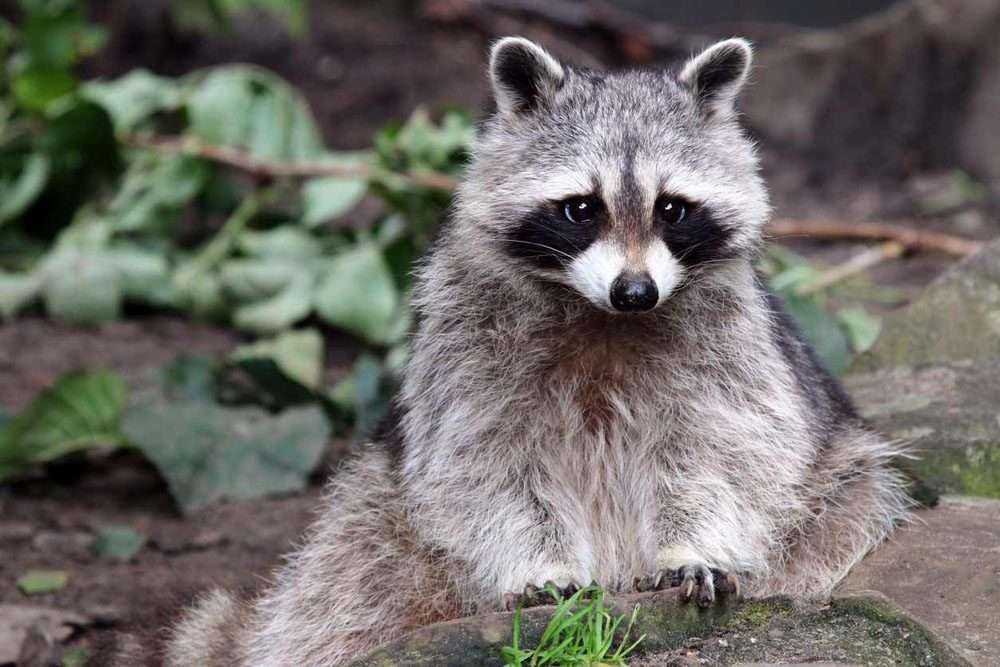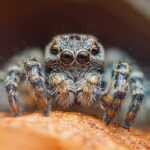Typically between 2-3 feet long, these mammals can weigh between 10-30 pounds. Raccoons have distinctive black markings around the eyes, and alternating dark and light rings around their tails.
Because of their agile paws, raccoons are capable of opening almost anything, including door knobs, garbage cans, windows, and even garage doors! They can swim and climb trees and can stand on their hind legs. In short, raccoons can cause a lot of damage and chaos around human homes and businesses. To avoid potential rabies exposure, it is crucial not to feed wildlife, particularly raccoons.
Rabid animal raccoons can pose serious threats.
The major threat of raccoons is the rabies virus. While all mammals are technically able to carry rabies, raccoons can spread this virus more easily than some other animals. The Centers for Disease Control and Prevention (CDC) play a crucial role in disease control by tracking and managing rabies to minimize human fatalities and exposures from wildlife carriers. Rabies is a virus that causes inflammation in the brain. This inflammation then causes paralysis, confusion, fever, erratic movements, and other symptoms. Local health departments are involved in monitoring and reporting rabies cases in their jurisdictions. Once symptoms appear, death is almost always inevitable. Rabies can be transmitted to humans. It can be transferred via bite, scratching, or even saliva coming into contact with eyes, nose, or mouth. Rabies is an easily transferable, very dangerous virus. Addressing rabies exposure promptly is essential to prevent the disease.
There is a vaccine for the virus, which is recommended for both humans and pets in areas where rabies is a significant threat. The vaccine can also be used post-bite, to prevent the virus from spreading to the central nervous system. If bitten by a suspected or confirmed rabid animal, treatment must begin immediately to prevent death. If treatment has not begun before symptoms appear, death is extremely likely.
5 Signs of Rabies Exposure in a Raccoon
Difficulty walking
- Rabies can cause fully or partially paralyzed hind legs.
- It can also cause raccoons to walk in circles.
Confusion, disorientation
- Healthy raccoons are always doing something, or looking for something.
- A sick raccoon will almost appear drunk, or very lost.
Strange noises
- Raccoons do typically chatter among themselves, and they can make loud noises while fighting or mating, but sick raccoons will make very strange noises or whimpering.
Foaming at the mouth
- This is a classic sign of a rabid raccoon, and a very obvious one.
An ill appearance
A healthy raccoon and a sick raccoon look very different. A sick animal will pant heavily, look lethargic or limp, and generally look sick.
If you see any of these signs, please do not approach or circle the raccoon. Remove yourself from proximity, and call animal control or a wildlife removal professional. It is important to conduct rabies testing to confirm the presence of the disease in raccoons showing signs of illness.
PURCOR Provides Local Raccoon Removal and Animal Control
We cannot emphasize enough the importance of being safe around rabid animals. It is crucial to seek medical attention immediately after a bite or exposure to a potentially rabid raccoon. Professionals have the resources to trap these animals successfully and without harming themselves or other nearby people. Rabies is a very serious virus and should never be underestimated. If you see a rabid animal, seek medical attention immediately and find shelter. The raccoon problem also involves securing trash to prevent raccoon infestations. Contact PURCOR for services or questions any time!
"*" indicates required fields
"*" indicates required fields




